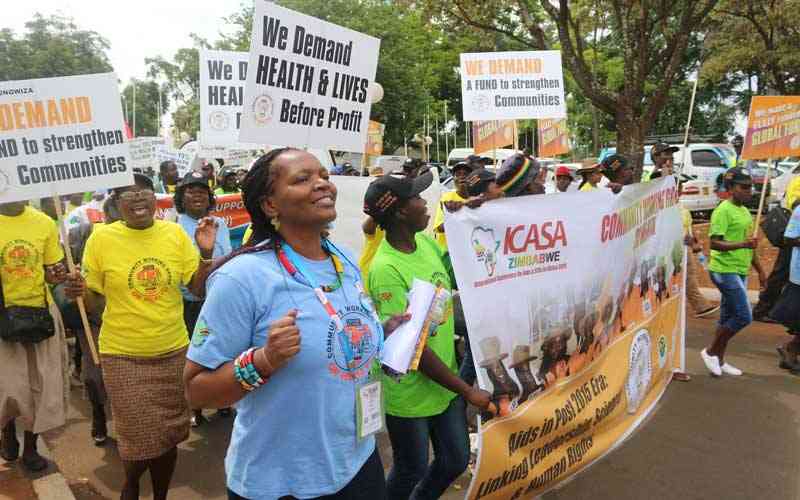
Expectant mothers at rural health centres are charged as much as US$30 for delivery, a figure beyond the reach of many.
Plan Zimbabwe in a report launched recently titled, Because I am a Girl Campaign noted that 56% of rural households depend on seasonal farming as the major source of income.
But this source of income has been compromised by drought and limited economic opportunities.
Although the government has user fee policy allowing for free health services for pregnant and lactating mothers, children under five and the elderly (60 or more years of age), it has proved difficult to implement.
- Chamisa under fire over US$120K donation
- Mavhunga puts DeMbare into Chibuku quarterfinals
- Pension funds bet on Cabora Bassa oilfields
- Councils defy govt fire tender directive
Keep Reading
User fees provide the main income for a number of health facilities to enable them to provide at least the minimum service in the absence of substantial government support.
Hellen Machikaire, the Adolescent, Sexual and Reproductive health programme officer at Zimbabwe National Family Planning Council said her organisation through the Campaign on Accelerated Reduction of Maternal Mortality in Africa (Carmma) was lobbying for the removal of the fees.
Carmma was launched in 2009, in Addis Ababa, Ethiopia by Africa Union ministers of Health under the theme Africa Cares: No Women should Die While Giving Life.
“Through Carmma we are advocating for free access to health services by pregnant women,” Machikaire said.
“Carmma recognises that early sexual encounters and marriages have negative implications on women’s health and increase chances of maternal morbidity and mortality.”
According to the United Nations Population Fund (UNFPA), the maternal mortality ratio (MMR) in Zimbabwe has worsened significantly over the past 20 years.
At least eight women die everyday while giving birth.
This translates to a maternal mortality ratio of 725 deaths per 100 000 live births, according to the Zimbabwe Maternal and Perinatal Mortality Study.
According to the report, this is much higher than the Millenium Development Goal target for MMR for Zimbabwe which is 174 per 100 000 live births.
The proportion of births attended by skilled health personnel has fallen over the past 20 years.
In 2009, the proportion stood at only 69%. The target for Zimbabwe is to reduce it by three-quarters, between 1990 and 2015, the maternal mortality ratio (MMR).











